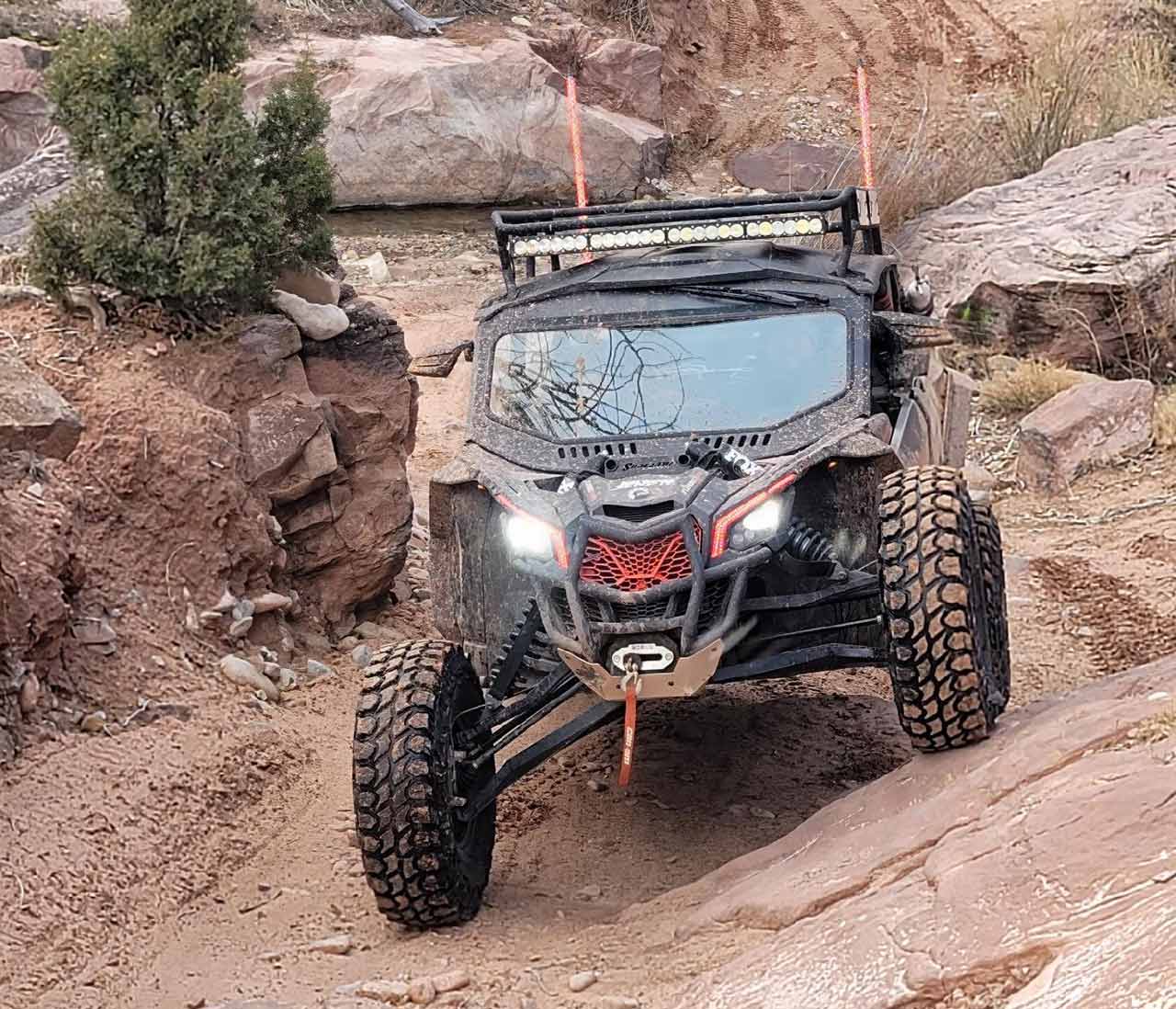Steep hills present a thrilling but challenging aspect of UTV riding. Proper techniques for ascending and descending can prevent accidents and vehicle damage. Mastering these skills ensures not only a safer ride but also greater confidence, enabling you to tackle new terrain and create unforgettable off-road experiences.

Understanding the Basics of UTV Hill Climbing & Descent: What You Need to Know
When tackling steep slopes, recognizing how your UTV behaves is key. These machines have unique balance and traction characteristics that require special attention. By identifying challenges early, you’ll be able to plan your approach and keep your vehicle stable. For more insights, check out these UTV hill climbing riding techniques.
Front-End Lift
When climbing a steep hill, the front end may feel light or lift off the ground. This typically happens if you accelerate too hard or have inadequate weight distribution.
Loss of Traction
Loose gravel, wet surfaces, or uneven terrain can make your wheels slip. Maintaining a steady throttle and avoiding sudden direction changes are crucial to keep traction under control.
Controlling Steep Descents
Descending can be just as tricky as climbing. Without proper braking and gear management, you risk gaining excessive speed and losing control on a slope.
Key Techniques for Steep Hill Climbing & Descent
Proper preparation and methodical movement are everything when conquering UTV steep terrain. Equipping yourself with the right gear is also important. Consider checking out specialized safety equipment for UTV hill climbing to enhance security and performance.
- Evaluate the Slope – Assess the incline’s severity, ground conditions, and available traction before committing to a climb or descent. Identify any potential obstacles or loose debris.
- Choose the Right Gear – Using low gear while climbing grants more torque, helping you maintain a controlled pace. In descents, low gear also aids in engine braking, preventing runaway speed.
- Maintain Consistent Throttle – Sudden bursts of power can cause wheel spin and jerky movement. Aim for a steady throttle to maintain momentum and reduce strain on mechanical parts.
- Use Controlled Braking – When descending, apply gentle pressure to your brakes and rely on engine braking to keep speed in check. Avoid riding the brakes continuously, which can lead to overheating and diminished performance.
Putting it into Practice: Steps for Steep UTV Hill Navigation
Gaining confidence on steep hills requires gradual learning and consistent practice. Explore additional resources such as UTV hill climbing technique guides to fine-tune your approach and ensure safety. Here are a few steps to get started:
- Start Small – Begin on moderate slopes to become familiar with your UTV’s handling. Gradually increase the difficulty as your skill and confidence grow.
- Master Gear Shifting – Understand how to shift smoothly between gears to maintain control. Shifting too late or too soon can result in loss of momentum or traction.
- Pay Attention to Body Position – Lean slightly forward when climbing to keep the front end grounded. On descents, shift your weight back to maintain stability and balance.
Best Practices for Steep UTV Terrain
- Always perform a thorough pre-ride inspection (tires, brakes, fluids, and suspension).
- Check weather conditions and avoid riding on excessively muddy or wet trails if you’re not fully confident in your skill.
- Ride with a partner or group who can assist if you encounter a challenging slope.
- Keep emergency gear on hand, such as recovery straps and a first-aid kit.
Seeking Further Improvement and Expert Guidance
If you find yourself facing frequent mechanical issues or feel uncertain about your techniques, consider seeking expert instruction for UTV hill climbing. Skilled professionals can help you refine your riding methods and upgrade your vehicle for superior performance.
In addition, regular practice and continuous learning are key to mastering UTV hill climbing and descent. As you gain experience, you’ll develop the instincts necessary to handle unpredictable terrain.
Main Points to Remember
- Maintaining traction and controlling momentum are the foundations of safe UTV hill navigation.
- Approach each climb and descent with a plan: evaluate slope conditions, use the right gear, and practice proper body positioning.
- Stay vigilant about equipment maintenance and learn to recognize when professional assistance or training can elevate both your safety and enjoyment.
By honing your skills and exercising caution, you’ll conquer steep hills and fully enjoy the off-road excitement your UTV has to offer.
